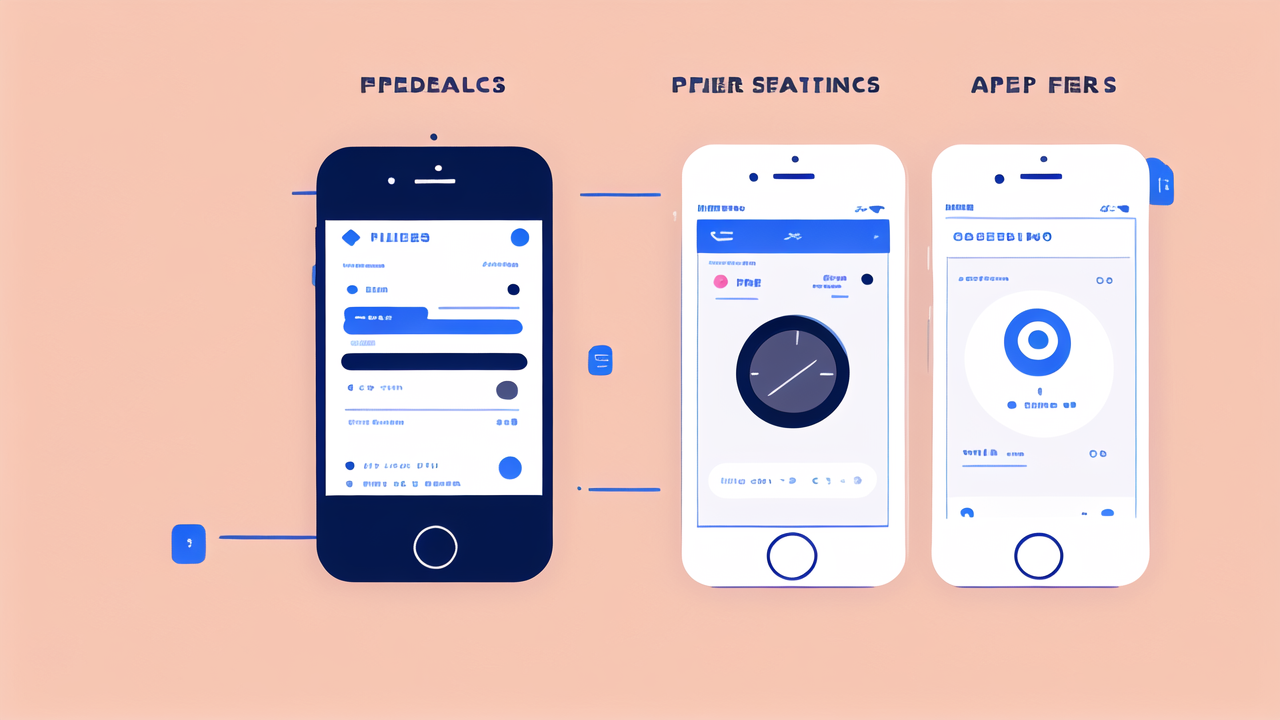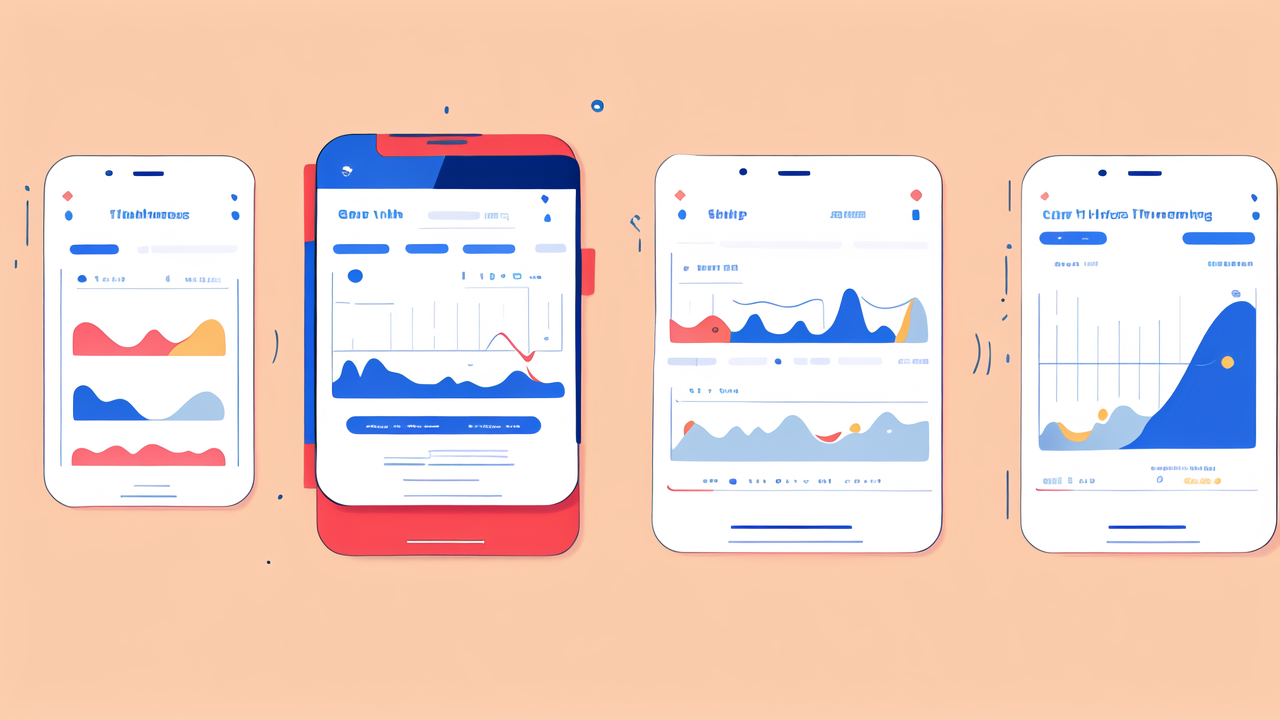The Rise of Activity Tracking: Why Consumers are Investing in Watches with Advanced Features
The Evolution of Consumer Health and Fitness Awareness
In recent years, we've seen a surge in health consciousness. People are more focused on their well-being than ever before. This shift has led to a growing demand for activity tracking devices. These gadgets help users monitor their fitness progress easily.

Consumers now want more than just a device that tells time. They seek tools that can track steps, calories, and sleep patterns. This desire for data-driven health insights has reshaped the watch industry. Manufacturers are racing to add new features to meet these evolving needs.
The journey from simple pedometers to advanced activity trackers has been swift. Early devices could only count steps. Now, we have watches that can measure heart rate, stress levels, and even blood oxygen. This rapid evolution reflects our growing interest in personal health data.
Key Drivers of the Activity Tracking Watch Market
Several factors are fueling the growth of activity tracking watches. First, there's increased awareness about the benefits of regular exercise. People want to track their progress and stay motivated. Activity trackers provide instant feedback, making it easier to stick to fitness goals.
Technology advancements have also played a crucial role. Sensors have become more accurate and affordable. This allows manufacturers to pack more features into smaller devices. Improved battery life means users can wear their trackers for longer without charging.
The rise of smartphone integration has been another key driver. Many activity trackers can now sync with phones, offering a seamless user experience. This connectivity allows for more in-depth data analysis and social sharing of fitness achievements.
Lastly, the COVID-19 pandemic has heightened health awareness. More people are taking charge of their well-being. Activity trackers offer a way to monitor health metrics at home, which has become increasingly important.
Breaking Down the Competition: Apex Watch vs. Fila Watches vs. Smart Watches
Analyzing the Apex Watch's Unique Selling Proposition
Apex Watch has carved out a niche in the activity tracking market. Their focus is on simplicity and reliability. Unlike some competitors, Apex doesn't try to be a jack-of-all-trades. Instead, they excel at core fitness tracking features.

One of Apex's standout features is its long battery life. Users can go weeks without charging, a significant advantage over many smart watches. This makes it ideal for those who prioritize convenience and don't want another device to charge daily.
Apex also offers robust water resistance, making it suitable for swimmers and water sports enthusiasts. Their user interface is intuitive, appealing to those who may be intimidated by more complex devices. The price point is also competitive, offering good value for money.
However, Apex lacks some advanced features found in smart watches. There's no ECG or blood oxygen monitoring. For some users, this simplicity is a plus. Others may find it limiting compared to more feature-rich options.
How Fila Watches are Paving the Way in the US Market
Fila, a brand known for sportswear, has made significant strides in the US activity tracker market. Their approach combines style with functionality, appealing to fashion-conscious fitness enthusiasts. Fila watches often feature bold designs that stand out from more utilitarian trackers.
One of Fila's strengths is its brand recognition. Many consumers already associate Fila with sports and fitness. This familiarity helps them compete against tech-focused brands. Fila has leveraged this advantage by creating watches that look good both in and out of the gym.
Fila watches offer a good balance of features at a mid-range price point. They include standard tracking for steps, calories, and sleep. Some models also offer heart rate monitoring and GPS tracking. While not as advanced as some smart watches, they meet the needs of many casual users.
The brand has also focused on creating a user-friendly app experience. This helps users easily view their data and set goals. By prioritizing ease of use, Fila has made its watches accessible to a wide range of consumers.
Smart Watches: The Big Players in the Activity Tracking Arena
Smart watches dominate the high-end of the activity tracking market. Brands like Apple, Samsung, and Garmin offer feature-packed devices. These watches go beyond fitness tracking, functioning as extensions of smartphones. They offer a wide range of apps, notifications, and even the ability to make calls.
In terms of activity tracking, smart watches are the most comprehensive. They often include advanced sensors for heart rate, ECG, and blood oxygen monitoring. Many also offer GPS tracking, making them suitable for runners and cyclists. The ability to store and play music is another popular feature among fitness enthusiasts.
Smart watches excel in data analysis and presentation. Their larger screens and powerful processors allow for detailed graphs and real-time feedback. Many also offer coaching features, providing personalized workout suggestions.
However, this advanced functionality comes at a cost. Smart watches are typically the most expensive option. They also have shorter battery life, often needing daily charging. The complexity of these devices can be overwhelming for some users.
Expert Insights on Market Trends and Consumer Preferences
Understanding the Demographic Appeal of Different Activity Tracking Watches
Different types of activity trackers appeal to various demographics. Younger consumers often gravitate towards smart watches. They value the additional features and app integration. Older users may prefer simpler devices like the Apex Watch. These offer core functionality without overwhelming complexity.

Fitness enthusiasts tend to choose specialized devices. Runners might opt for watches with advanced GPS features. Swimmers look for high water resistance ratings. Casual users often prefer stylish options like Fila watches. These blend in with everyday wear while still offering basic tracking.
Price is also a significant factor in demographic appeal. Students and young professionals may choose more affordable options. Established professionals might invest in high-end smart watches. Some consumers buy multiple devices for different activities.
Brand loyalty plays a role too. Apple Watch users are often loyal to the Apple ecosystem. Similarly, Android users may prefer watches that integrate well with their phones. Understanding these preferences helps manufacturers target their products effectively.
The Future of Activity Tracking: What's Next for the Watch Industry?
The activity tracking watch industry is constantly evolving. We're likely to see even more advanced health monitoring features in the future. Blood glucose monitoring and hydration tracking are potential additions. These could make watches valuable tools for managing chronic conditions.
Artificial intelligence will play a bigger role in data analysis. Watches may offer more personalized health insights and recommendations. We might see integration with telehealth services, allowing direct communication with healthcare providers.
Battery life remains a key area for improvement. New technologies like solar charging could extend usage time. This would be especially beneficial for outdoor enthusiasts. Advances in flexible displays could lead to new form factors beyond traditional watch designs.
Privacy and data security will become increasingly important. As watches collect more sensitive health data, protecting this information will be crucial. We may see more emphasis on local data processing to address these concerns.
Evaluating the Impact of Technology on Consumer Buying Decisions
Technology has dramatically changed how consumers choose activity tracking watches. Online reviews and comparison sites make it easier to research options. Social media influencers also play a role in shaping preferences. Many consumers rely on these sources more than traditional advertising.
The ability to try virtual watch faces and apps before buying is influencing decisions. This lets users get a feel for the interface and features. Some brands offer trial periods, allowing consumers to test devices in real-world conditions. This hands-on experience can be crucial in the final purchase decision.
Integration with other devices and services is becoming a key factor. Consumers consider how a watch will fit into their existing tech ecosystem. This includes compatibility with smartphones, fitness apps, and smart home devices. The more seamlessly a watch integrates, the more appealing it becomes.
Lastly, the ongoing cost of ownership is influencing choices. Some watches require subscriptions for full functionality. Others may have limited lifespans due to non-replaceable batteries. Consumers are becoming more aware of these long-term costs when making their decisions.




Leave a comment
This site is protected by hCaptcha and the hCaptcha Privacy Policy and Terms of Service apply.